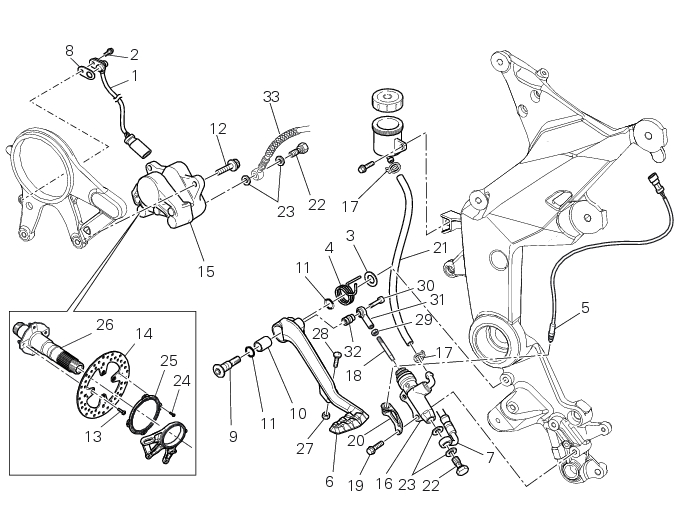
|
4 -
|
|
2
|
|
3
|
|
4
|
|
9
|
|
10
|
|
11
|
|
12
|
|
13
|
|
17
|
|
18
|
|
19
|
|
20
|
|
21
|
|
24
|
|
25
|
|
27
|
|
28
|
|
29
|
|
30
|
|
31
|
|
32
|